New Step by Step Guidance for Small Business Contractors Seeking SBA Loans
Small Business Loan Resources Included In CARES Act
Last week Congress approved a $2 Trillion legislative package (CARES Act) that included provisions to allocate $350 billion for federally-backed loans to support U.S. companies with less then 500 employees. The Paycheck Protection Program, included as part of the legislative stimulus signed into law last week, is separate from the SBA program’s Economic Injury Disaster Loans (EIDL), which has been available for companies experiencing financial hardship as a result of COVID-19 since early March.
Step-by-Step Guidance
UPDATE: The U.S. Treasury Department has issued additional details and a loan application form (PDF) to apply for Paycheck Protection Program loans. Starting April 3, small businesses and sole proprietorships will be able to apply for loans through existing SBA lenders. Starting April 10, independent contractors and self-employed individuals can apply for loans through existing SBA lenders. There is a funding cap, so the Treasury Department recommends applying as soon as possible. Please share the loan application with your small business contractor clients so they can begin the application process as soon as possible.
UPDATE: Additional FAQs With Further Guidance From Treasury Department
Q. Where can I apply for the Paycheck Protection Program?
A. You can apply through any existing SBA lender or through any federally insured depository institution, federally insured credit union, and Farm Credit System institution that is participating. Other regulated lenders will be available to make these loans once they are approved and enrolled in the program. You should consult with your local lender as to whether it is participating. Visit www.sba.gov for a list of SBA lenders.
Q. What do I need to apply?
A. You will need to complete the Paycheck Protection Program loan application and submit the application with the required documentation to an approved lender that is available to process your application by June 30, 2020. Loan form linked above.
Q. What other documents will I need to include in my application?
A. You will need to provide your lender with payroll documentation.
Q. Do I need to first look for other funds before applying to this program?
A. No. Treasury is waiving the usual SBA requirement that you try to obtain some or all of the loan funds from other sources (i.e., we are waiving the Credit Elsewhere requirement)
Q. When do I need to start paying interest on my loan?
A. All payments are deferred for 6 months; however, interest will continue to accrue over this period.
Q. When is my loan due?
A. In 2 years. There are no prepayment penalties or fees if you pay off your loan earlier then 2 years.
Q. Do I need to pledge any collateral for these loans?
A. No. No collateral is required.
Q. Do I need to personally guarantee this loan?
A. No. There is no personal guarantee requirement. ***However, if the proceeds are used for fraudulent purposes, the U.S. government will pursue criminal charges against you.***
Q. What do I need to certify?
- Current economic uncertainty makes the loan necessary to support your ongoing operations.
- The funds will be used to retain workers and maintain payroll or to make mortgage, lease, and utility payments.
- You have not and will not receive another loan under this program.
- You will provide to the lender documentation that verifies the number of full-time equivalent employees on payroll and the dollar amounts of payroll costs, covered mortgage interest payments, covered rent payments, and covered utilities for the eight weeks after getting this loan.
- Loan forgiveness will be provided for the sum of documented payroll costs, covered mortgage interest payments, covered rent payments, and covered utilities. Due to likely high subscription, it is anticipated that not more than 25% of the forgiven amount may be for non-payroll costs.
- All the information you provided in your application and in all supporting documents and forms is true and accurate. Knowingly making a false statement to get a loan under this program is punishable by law.
- You acknowledge that the lender will calculate the eligible loan amount using the tax documents you submitted. You affirm that the tax documents are identical to those you submitted to the IRS. And you also understand, acknowledge, and agree that the lender can share the tax information with the SBA’s authorized representatives, including authorized representatives of the SBA Office of Inspector General, for the purpose of compliance with SBA Loan Program Requirements and all SBA reviews.
The U.S. Chamber of Commerce has created a thorough walkthrough to help U.S. businesses determine if they are eligible to receive a small business loan, linked here. Importantly, this step-by-step guidance provides:
1) Who is eligible for these loans
2) What lenders will be looking for in the application process
3) How much companies are allowed to borrow
4) How to seek loan forgiveness
Companies still interested in applying for the disaster relief loans (EIDL) can find further resources here; however, SBA guidance is directing potential new applicants to the PPP loan portal. Additionally, we included some frequently asked questions and answers below to address some of the top concerns small business owners have raised as they navigate the options available to them through the SBA loan programs. For real time updates from the Chamber of Commerce, including additional information on which lenders are participating in the program, please click here. If your small business contractor clients need real time help with a representative of the SBA, please click here to find the closest SBA district office.
Additional Brief FAQs for Small Business Entities Interested in Taking Next Steps to Apply for a Loan
Q. If I have applied for, or received an Economic Injury Disaster Loan (EIDL) related to the COVID-19 virus before the Paycheck Protection Program became available, will I be able to refinance into a PPP loan?
A. Yes. If you received an EIDL loan related to the virus between January 31, 2020 and the date at which the PPP becomes available, you would be able to refinance the EIDL into the PPP for loan forgiveness purposes. However, you may not take out an EIDL and a PPP for the same purposes. Remaining portions of the EIDL, for purposes other than those laid out in loan forgiveness terms for a PPP loan, would remain a loan. If you took advantage of an emergency EIDL grant award of up to $10,000, that amount would be subtracted from the amount forgiven under PPP.
Q. When is the application deadline for the Paycheck Protection Program?
A. Applicants are eligible to apply for the PPP loan until June 30th, 2020.
Q. What is the maximum amount I can borrow?
A. The amount any small business is eligible to borrow is 250 percent of their average monthly payroll expenses, up to a total of $10 million. This amount is intended to cover 8 weeks of payroll expenses and any additional amounts for making payments towards debt obligations. This 8 week period may be applied to any time frame between February 15, 2020 and June 30, 2020. Seasonal business expenses will be measured using a 12-week period beginning February 15, 2019, or March 1, 2019, whichever the seasonal employer chooses.
Q. How can I use the money such that the loan will be forgiven and when is the loan forgiven?
A. The amount of principal that may be forgiven is equal to the sum of expenses for payroll, and existing interest payments on mortgages, rent payments, leases, and utility service agreements. Payroll costs include employee salaries (up to an annual rate of pay of $100,000), hourly wages and cash tips, paid sick or medical leave, and group health insurance premiums. If you would like to use the Paycheck Protection Program for other business-related expenses, like inventory, you can, but that portion of the loan will not be forgiven. The loan is forgiven at the end of the 8-week period after you take out the loan. Borrowers will work with lenders to verify covered expenses and the proper amount of forgiveness. If you have already laid off some employees, you can still be forgiven for the full amount of your payroll cost if you rehire your employees by June 30, 2020. If the full principal of the PPP loan is forgiven, the borrower is not responsible for the interest accrued in the 8-week covered period. The remainder of the loan that is not forgiven will operate according to the loan terms agreed upon by you and the lender.
Q. What is the covered period of the loan?
A. The covered period during which expenses can be forgiven extends from February 15, 2020 to June 30, 2020. Borrowers can choose which 8 weeks they want to count towards the covered period, which can start as early as February 15, 2020.
Q. When can we expect further guidance from the SBA on this new program?
A. The SBA has until April 10, 2020 to issue regulations implementing this new program. That rulemaking will not be subject to typical public notice and comment processes. The SBA also has until April 26, 2020 to issue specific guidance on loan payment deferment relief and the loan forgiveness provisions.





